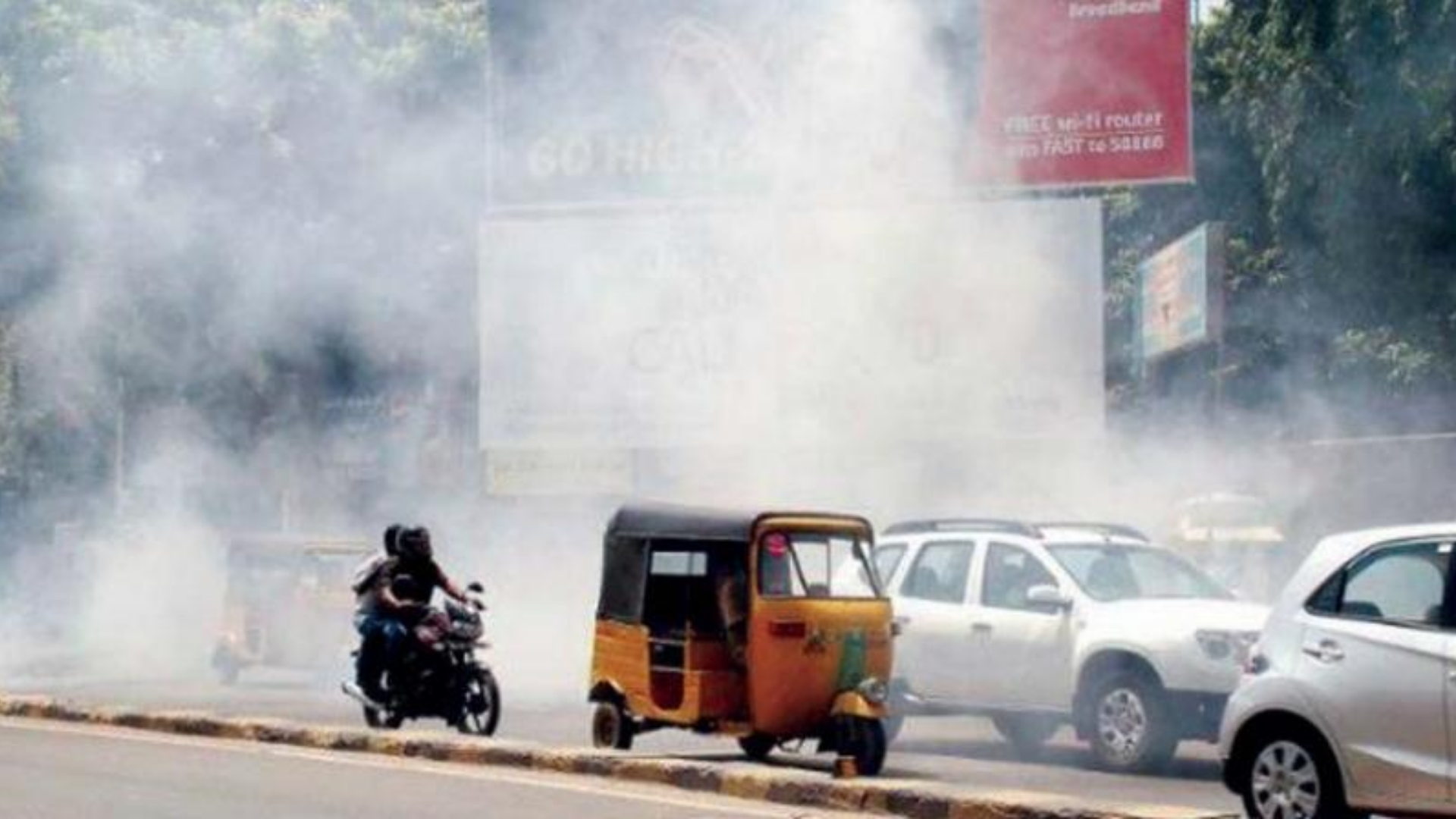Bengaluru, once known as the ‘Pensioners’ Paradise,’ is now facing a worrying rise in deaths due to air pollution. A recent study in The Lancet shows that 2,102 people in the city died from air pollution between 2008 and 2019. This is fewer than Chennai’s 2,870 deaths but more than Hyderabad’s 1,597 deaths.
The Lancet Study
The study points out the urgent need to update India’s air quality standards based on scientific findings. Researchers found that 7.2% of yearly deaths in 10 Indian cities were due to short-term exposure to PM 2.5, tiny harmful particles in the air. The World Health Organization (WHO) says safe levels of PM 2.5 should be 15 micrograms per cubic meter, but India’s standard allows up to 60 micrograms.
Even cities like Bengaluru and Shimla, usually considered to have cleaner air than North Indian cities, showed significant health impacts from pollution. The risk of death increases sharply at lower levels of pollution, something current policies do not fully address.
The study, which used data from monitors, satellites, and other sources over 11 years, highlights the difference between India’s air quality standards and those recommended by the WHO. The WHO’s guideline is much lower, suggesting that India’s standards are not strict enough to ensure safe air quality.
In summary, the study calls for immediate changes to India’s air quality standards to better protect people’s health from the dangers of air pollution. Making these changes could help reduce the high number of pollution-related deaths in Indian cities.




